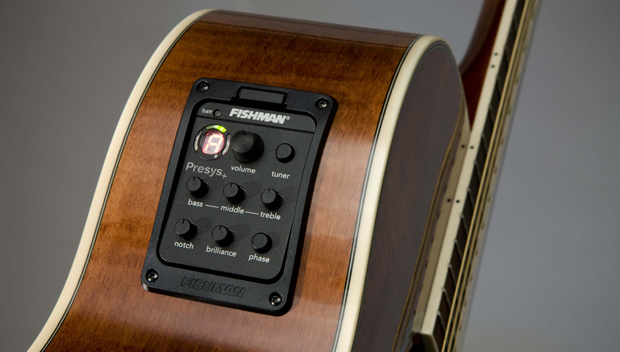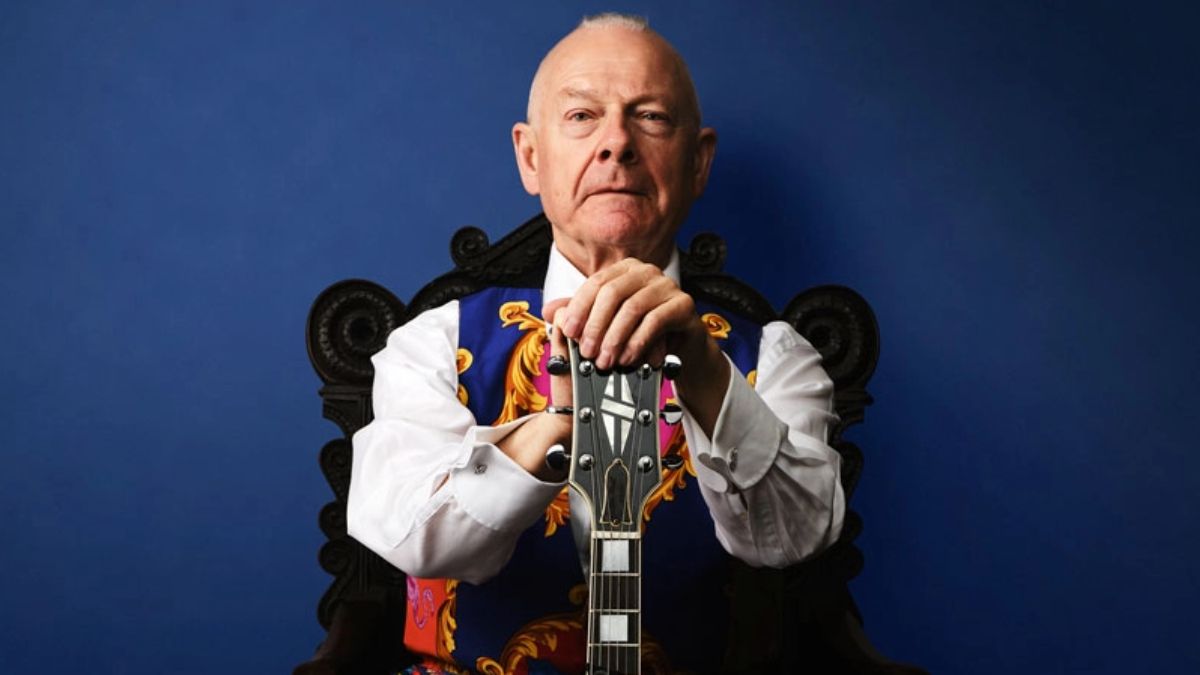The Great Equalizer

In this post we’ll look at EQ - the history of its development as a sound modifier and its use in an acoustic guitar context.
What Is EQ?
Originally, equalizers were designed to smooth out frequency response anomalies anywhere in an audio chain, whether it be a microphone (or pickup), a recording device like a vinyl disc-cutting machine or tape recorder, or a loudspeaker system.
In fact, because of the technical limitations of analog recording formats, a signal would have to be equalized one way for recording, after which the opposite (or inverse) curve would be applied on playback to restore even response.
Other simple types of EQ are still being used as “tone controls,” the most common being the passive treble cut tone control found in electric guitars and tube amps. These work by draining off certain frequencies, and thus can only diminish, not boost specific tonal bands.
A Little History
In the 1950s and 60s EQ became progressively more sophisticated with the introduction of complex combinations of inductors (coils), resistors and capacitors that could be dialed in with great accuracy.
All the latest guitar news, interviews, lessons, reviews, deals and more, direct to your inbox!
The real breakthrough product was Altec’s “Acousta-Voice,” a set of ten passive filters (frequency “cut” only) first marketing in 1967. The idea behind the Acousta-Voice was that you could “tune” a loudspeaker system to a room by notching out hot frequencies and feedback modes, which in effect increases the usable gain onstage and in the venue. All of which is exactly what we try to do when amplifying acoustic guitars.
Common Types of EQ
The 1970s brought the advent of “Operational Amplifiers,” chips with multitudes of transistors, which introduced the modern boost/cut type of graphic equalizer.
This is the kind of EQ most often found on acoustic-electric guitars, using the form of broad three band tone controls. (In their more sophisticated incarnations as 1 or ⅓ octave EQ, they’re used to “tune” loudspeaker systems.) These are called “graphic” equalizers because the position of the slide pots gives you a graphic representation of the frequency response plot.
The next big thing in EQ was record producer George Massenburg’s development of the parametric equalizer, a tunable circuit that allows dialing in the center frequency of interest and tweaking the width of the frequencies on either side of the center frequency, after which you can boost or cut according to your needs.
It owes its name to the fact that it allows adjustments of the three basic parameters of EQ. The most sophisticated type of EQ, parametrics afford you almost surgical precision in fine-tuning your sound. Most units come with three or more sections of parametrics so you can deal separately with lows, mids and highs. They are wonderful for feedback reduction, as you can dial into and focus on the specific note that is creating the problem.
Know What You’re EQing
The most problematic aspect associated with the use of tone controls and EQ is that they can often complicate rather than simplify your sound. Very often in a performance situation you’ll find an EQ on the guitar, in a preamp, in an amp, in the monitor mix input channel, on the monitor speakers, in the PA board input channel, and then applied to the PA loudspeakers. That’s seven stages of EQ for one little old guitar.
Additionally, all too often the EQ settings on one piece of gear will counteract the effects of the EQ on another; you’ll boost the bass on your guitar to make it sound fatter, and the monitor mixer will turn it down to eliminate rumble - all while the front of house mixer will try to deal with another set of frequencies altogether.
Things get totally out of hand when you change settings on the guitar or your amp or preamp onstage, with one knob going clockwise and another counterclockwise.
This sort of mayhem goes against the most important axiom of high quality audio: the more devices, even passive ones, there are in the audio chain, the further you stray from a pure sound.
A corollary to this is that the more devices you use the more sophisticated and expensive they must be to counter accumulated noise buildup. It’s one thing to have one moderately noisy device in the signal chain, but if you put three or four of them in series, you’re going to destroy your signal-to-noise performance.
